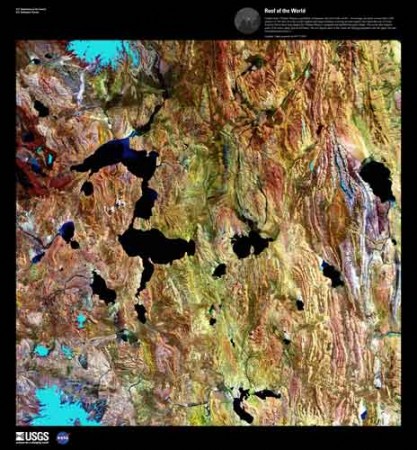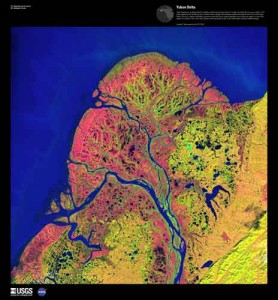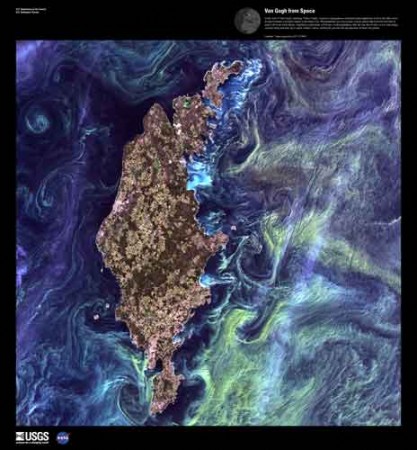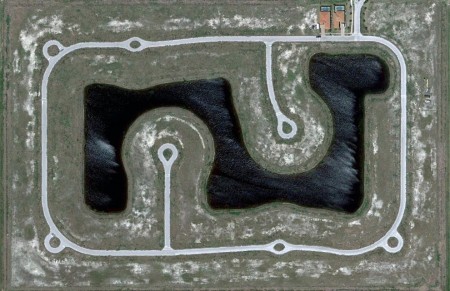At the end of each year, the Middle School puts on Dinner and a Show. As has become traditional, the students performed a play for the Show, and, for dinner, this year they did a Mediterranean themed meal: lasagna, baklava and some sort of cherry drink. The overwhelming feedback from the not necessarily impartial audience, of family members and faculty, seems to be that food and performance were quite a success. And, I have to say, the same applies from my point of view as well. The students did a great job putting everything together and pulling off the performance.
We usually work on Dinner and a Show for the entire second cycle. The first five weeks revolve around choosing the play, learning lines, and planning the meal. Our director, for the second year running, Ms. Jessica Parker, did a wonderful job with the adaptation, staging and working with the kids.
I was extremely lucky this year that I had two students who were really interested in the project. One, an eight grader, had been planning on taking charge since last year. The other, a seventh grader, really wanted to do the food. What was really nice was that, most of the time, they were the ones pushing me to get stuff done.
I’d ask questions like, “Have you started on the playbill yet?”
“Yes,” they’d reply, with exaggerated patience, “We’re still waiting for you to help with the images.”
The sixth week of the cycle, our immersion week, was dedicated entirely to the event; lots of practicing and food preparation. That’s when the students really shone. We had some help making the baklava (thanks Dr. Jen), but the next day, which was spent assembling two (and eventually three) types of lasagna, I only had a couple queries about what to use to boil water for the pasta (an electrical skillet works fairly well).
Everyone had a part in the play, but were also involved in setting things up. Apart from the cooks, there were separate crews for lighting and the backdrops. Once the crews got going, I spent most of my time staying out of the way. While I’d so like to jump in and help with everything, this is the way I think the middle school should work. I count this week as a really good one.



